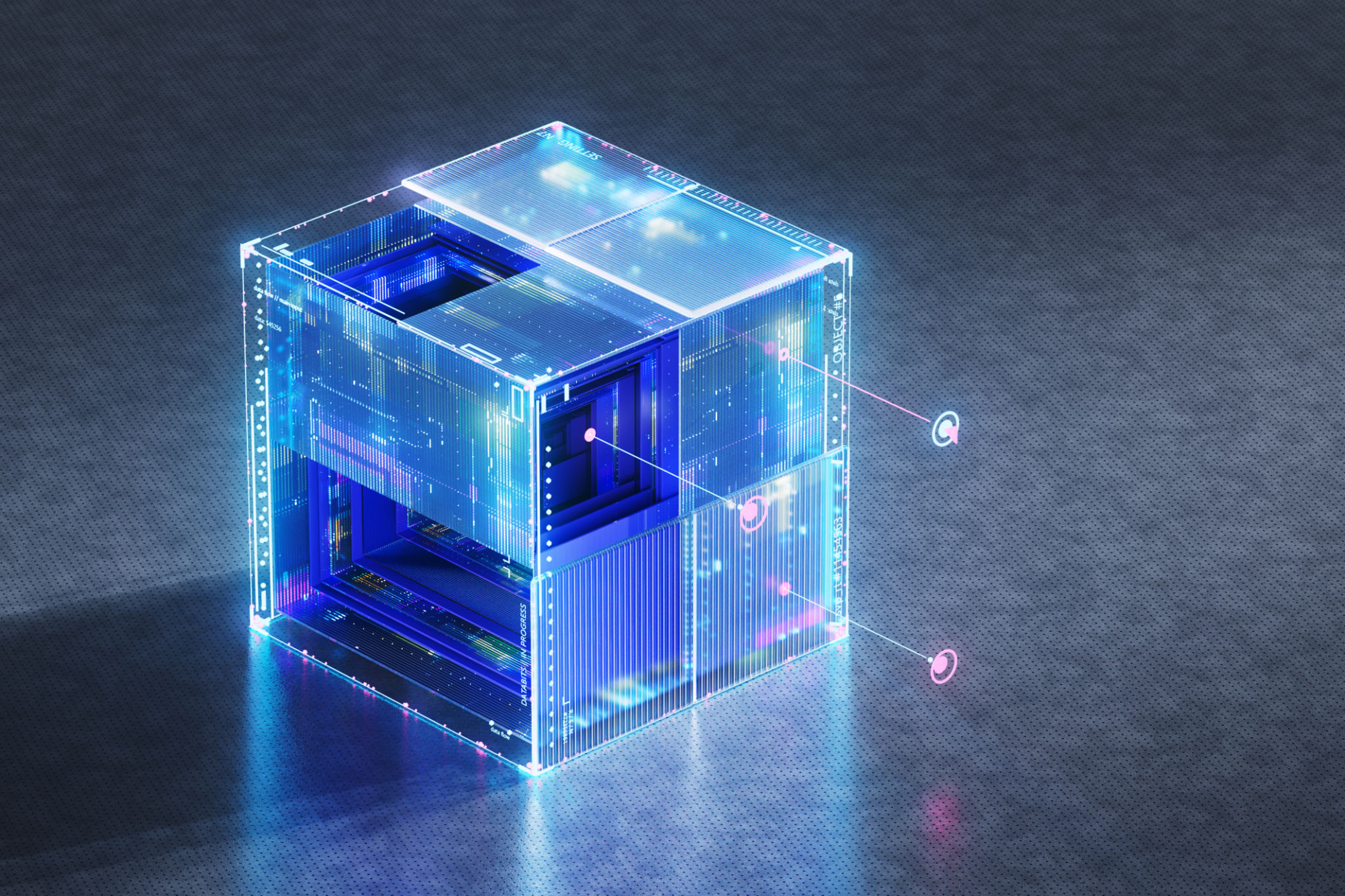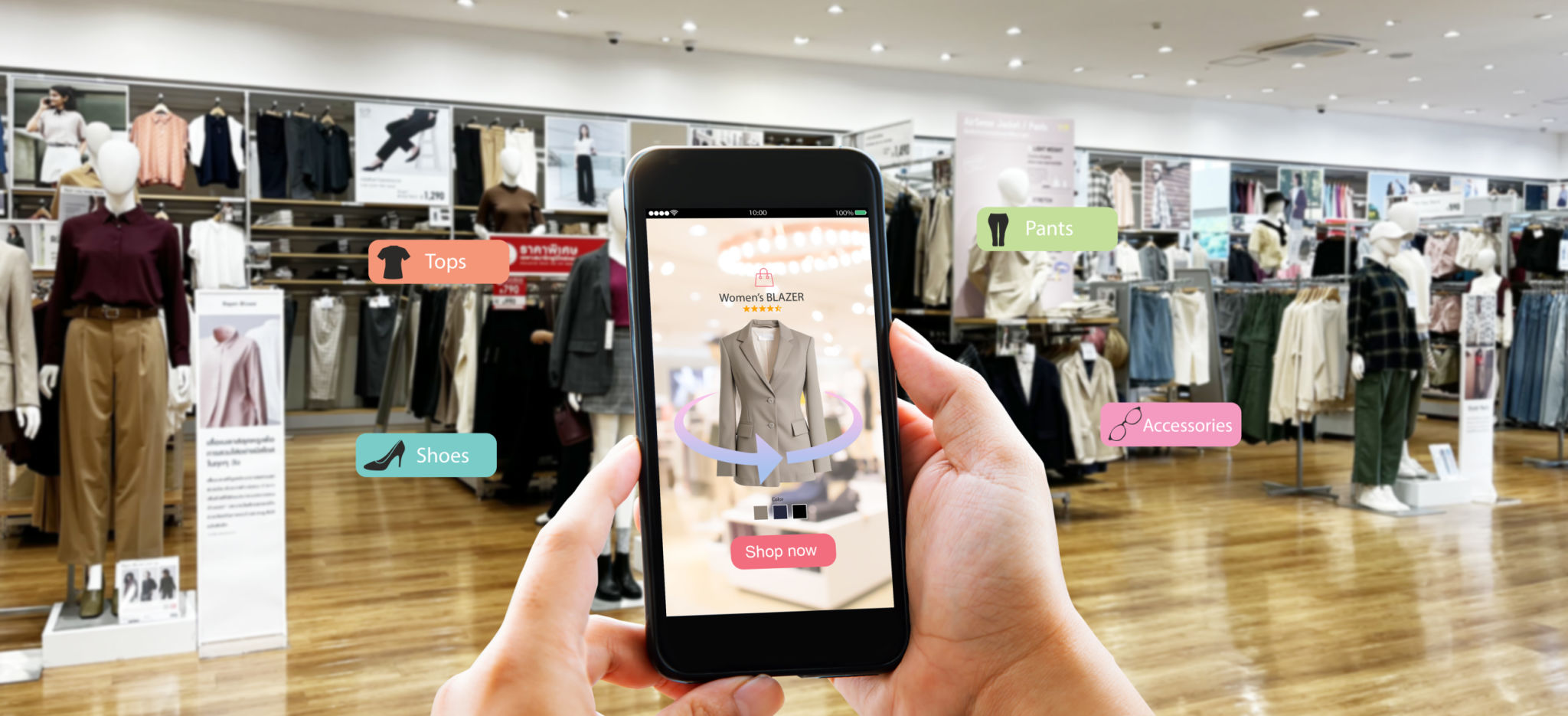Innovative Trends in 3D Visualization: What's Next?
The Evolution of 3D Visualization
3D visualization has transformed significantly over the past few years, evolving from simple graphics to intricate, photorealistic renderings. This transformation has been driven by advancements in technology, making it possible to create highly detailed and immersive experiences. Industries such as architecture, gaming, and film have particularly benefited, as they can now present concepts and ideas in ways previously unimaginable.

As we move forward, 3D visualization continues to evolve, with emerging trends promising to reshape the landscape. Understanding these trends can help businesses and professionals stay ahead of the curve, leveraging new technology to enhance their work and captivate their audiences.
Real-Time Rendering
One of the most exciting trends in 3D visualization is real-time rendering. This technology allows for the creation of graphics that can be viewed and manipulated instantaneously, without delay. Real-time rendering is becoming increasingly popular in video games and virtual reality applications, where seamless interaction is crucial.
Moreover, real-time rendering is gaining traction in the architectural and design sectors, enabling professionals to walk clients through virtual spaces with ease. This not only improves client satisfaction but also speeds up the decision-making process.

AI and Machine Learning Integration
The integration of AI and machine learning into 3D visualization is another groundbreaking trend. These technologies can automate complex tasks, such as texture generation and scene composition, resulting in faster production times and reduced costs. AI-driven tools can also learn from past projects to improve future renderings.
Furthermore, AI can enhance the personalization of 3D experiences. By analyzing user data, AI algorithms can tailor visualizations to meet individual preferences, creating more engaging and relevant experiences.
Augmented Reality (AR) and Virtual Reality (VR)
Augmented Reality (AR) and Virtual Reality (VR) are revolutionizing the way we interact with 3D visualizations. By merging real-world environments with digital elements, AR offers a unique way to experience 3D content. Whether it's for retail, education, or entertainment, AR provides an interactive experience that captivates audiences.

VR takes this a step further by immersing users entirely in a virtual environment. With advancements in VR hardware and software, users can explore detailed 3D worlds with unprecedented realism. As VR becomes more accessible, its applications in training, simulation, and storytelling are expanding rapidly.
The Rise of Collaborative Platforms
Collaboration in 3D projects is becoming easier thanks to cloud-based platforms. These platforms allow multiple users to work on a project simultaneously from different locations. This trend not only enhances productivity but also fosters creativity as team members can share ideas and feedback in real time.
Such collaborative environments are particularly beneficial in industries like architecture and film production, where complex projects require input from various specialists. With these tools, teams can streamline their workflow, ensuring that projects are completed more efficiently.

Looking Ahead
The future of 3D visualization is bright, with technology continuing to push boundaries and open new possibilities. As these innovative trends gain momentum, professionals across various industries will be able to create more dynamic and immersive experiences than ever before.
Staying informed about these trends is crucial for anyone involved in 3D visualization. By embracing these advancements, businesses can not only enhance their offerings but also ensure they remain competitive in an ever-evolving digital landscape.